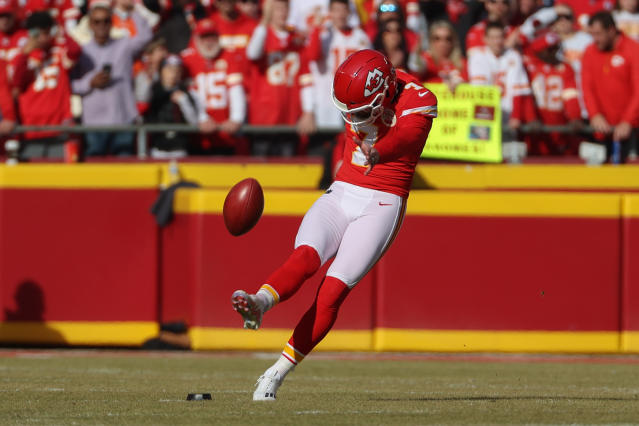The NFL's much-hyped "dynamic" kickoff rule change, designed to encourage more returns, has yielded mixed results.
Videos by FanBuzz
On the surface, the numbers are promising: the percentage of kickoffs returned has jumped from 21.8% last season to 32.5% this year, while touchbacks have dropped from 73.0% to 64.8%.
This shift, the league insists, reflects a positive change, with more opportunities for return specialists to make an impact.
Additionally, the NFL has pointed to a reduction in injuries, thanks to the lower-impact nature of the new kickoff. By eliminating the full-speed head-on collisions that often occur with the old rule—where players took a full running start—the hope was that players could still engage in exciting returns without the risk of serious injury.
However, while fewer injuries are a win, the overall excitement generated by these returns has been underwhelming.
The core issue with the new rule is its subtlety. While the percentage of returns is up, the drop in touchbacks hasn't been dramatic enough to truly revitalize the kickoff play.
Teams, in general, have opted for deep kicks to the end zone—often making for a relatively uneventful play when the returner is forced to kneel. The move to spot the ball at the 30-yard line after a touchback, instead of the originally proposed 35-yard line, may have led to this tactical decision.
Looking ahead, there's talk of moving touchbacks back to the 35-yard line. If implemented, this could push more teams to prioritize shorter, high-hanging kicks—potentially leading to more returns and adding excitement to a play that, despite its potential, often feels like a lull in the action.
For now, the NFL's attempt to liven up the kickoff still feels like a work in progress.
